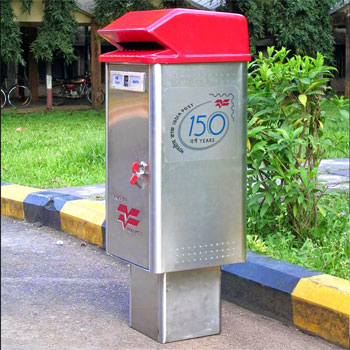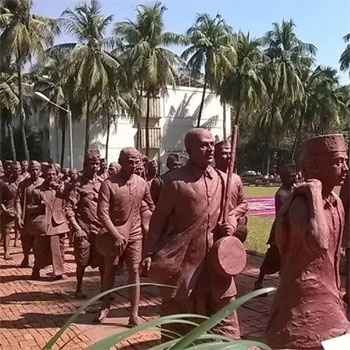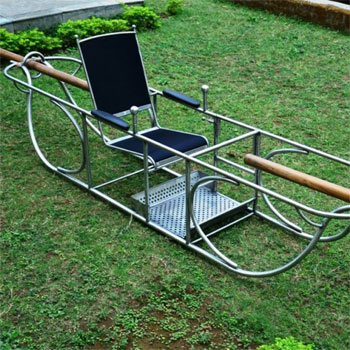B.K. Chakravarthy's Shenoy Innovation Studio project's attention is directed towards disruptive as well as sustaining innovation for the development of new and futuristic products and services that will delight users. The methodologies developed in the studio apply to large industries in both the private and public sectors, as well as small-scale industries, the government sector, and the craft sector. It intervenes in the education system with the industry in a mutually beneficial collaboration. This helps to increase levels of excellence and relevance in learning, teaching, and research. Another creative project by B.K. Chakravarthy was the Z-Line petrol pump. The bulky lower half, combined with a slender top portion, ensured minimal damage of the kind to which earlier designs of fuel dispensers had been vulnerable. The hydraulics were housed in the lower half, while the electronics were housed in the upper half. High accuracy in manufacturing and a notable reduction in cost ensured that the Z-line quickly bested its competitors. The modular design with a card slot system was designed to be maintenance-friendly. As the electronics were placed above the stipulated minimum of 1.2 metres, the Z-line dispenser did not require a flame-proof junction box. Dynamic and forward-looking in appearance and gesturing towards a future of radical innovation, the Z-line became a key icon of Indian roadways in those times. The Open Design Schools (MHRD) project's objective is to extend the reach of Design Innovation education through a combination of online courses and blended learning. Hence, it is a combination of MOOCS and workshop practice. The aims of the Open Design School are to bring design education to a large number of aspirants and to provide them with hands-on training in workshops all over the country under expert mentors. This experiential learning is the key to Design Innovation Pedagogy. The Window Mounted Solar Project was a thorough understanding of the specific challenges faced by users, which proved to be a turning point in this case. A window-mounted solar oven with a deceptively simple design that eliminates the need for a conventional oven. Some of its benefits are: it preserves nutrition; slow cooking means tastier food; it is cheaper than the costly LPG fuel; it minimises danger; no electricity or flame needed and it saves fuel. The Low Cost Vein Tracer for Blood Extraction has been designed as a simple, light-weight device that humanises a simple technology (NIR Spectroscopy), helping medical practitioners easily identify the veins during vein-puncture procedures, reducing patients' trauma. Difficulty locating veins, especially in children, obese people, and people with darker skin, results in several needle pricks that cause trauma, discomfort, and injury. NIR Spectroscopy is an existing technology that can easily be applied to solve the problem, in particular. This technology can actually be used by the masses— in busy and frugally run blood camps, blood banks, small and medium sized hospitals.





